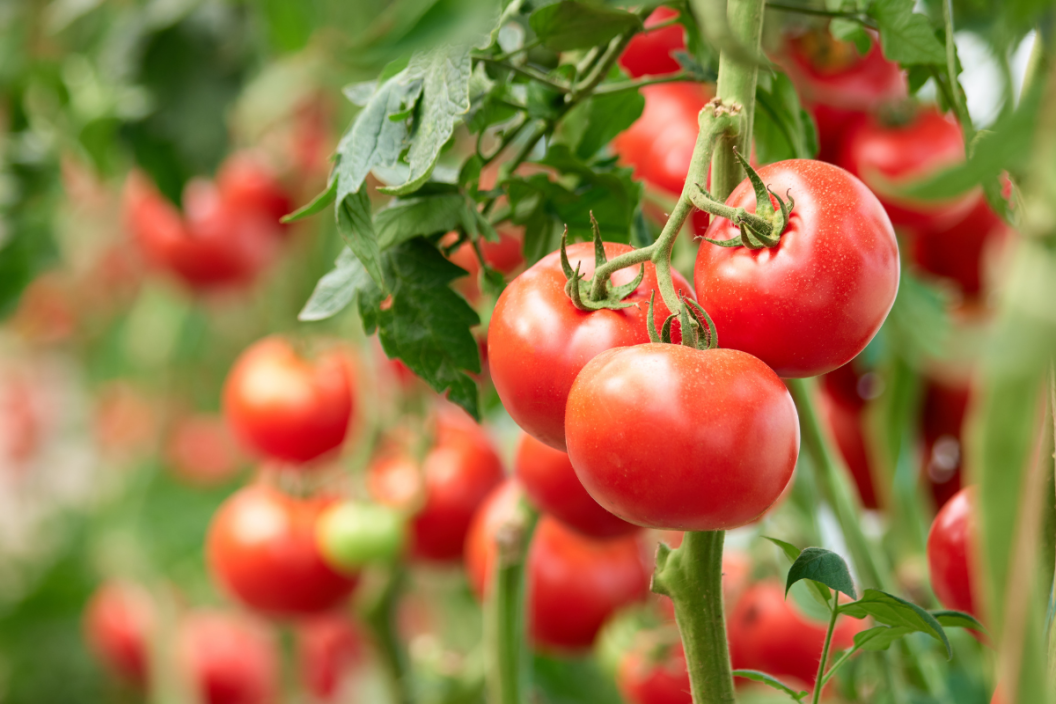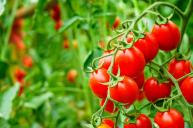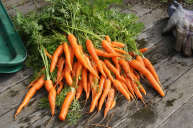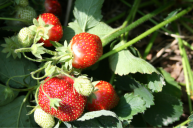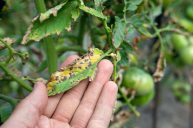There's nothing better than a homegrown tomato. Being able to walk out to your garden, whether that garden is a giant field, a tiny square in your backyard or a bunch of containers on your patio or balcony, and pick a ripe, juicy tomato is truly one of the great pleasures in life. Eating slices of your own tomato stuck between two pieces of bread with a slice of sharp cheddar cheese is the next best thing you can do. It's not hard to figure out how to grow tomatoes in whatever kind of garden you have as long as you know the basics.
Videos by Wide Open Country
Figuring out how much space you have and how much sun you get in that space will tell you what kind of tomatoes will grow best in your garden. What tomato variety you pick will determine what you need for the tomato plant to grow well. Then all you have to do is head to the garden store and pick everything up. Here's our easy guide on how to grow our favorite juicy, calcium-rich vegetable.
Tomato Varieties
Before you decide if you want to grow beefsteak tomatoes, heirloom tomatoes, cherry tomatoes, Sun Gold or Roma tomatoes in your vegetable garden, you have to know how much space you have to plant and if you have a longer or shorter growing season. Some tomatoes do better in containers, while others want the whole trellis experience. And some tomato plants produce in one big burst, while others produce over a longer season.
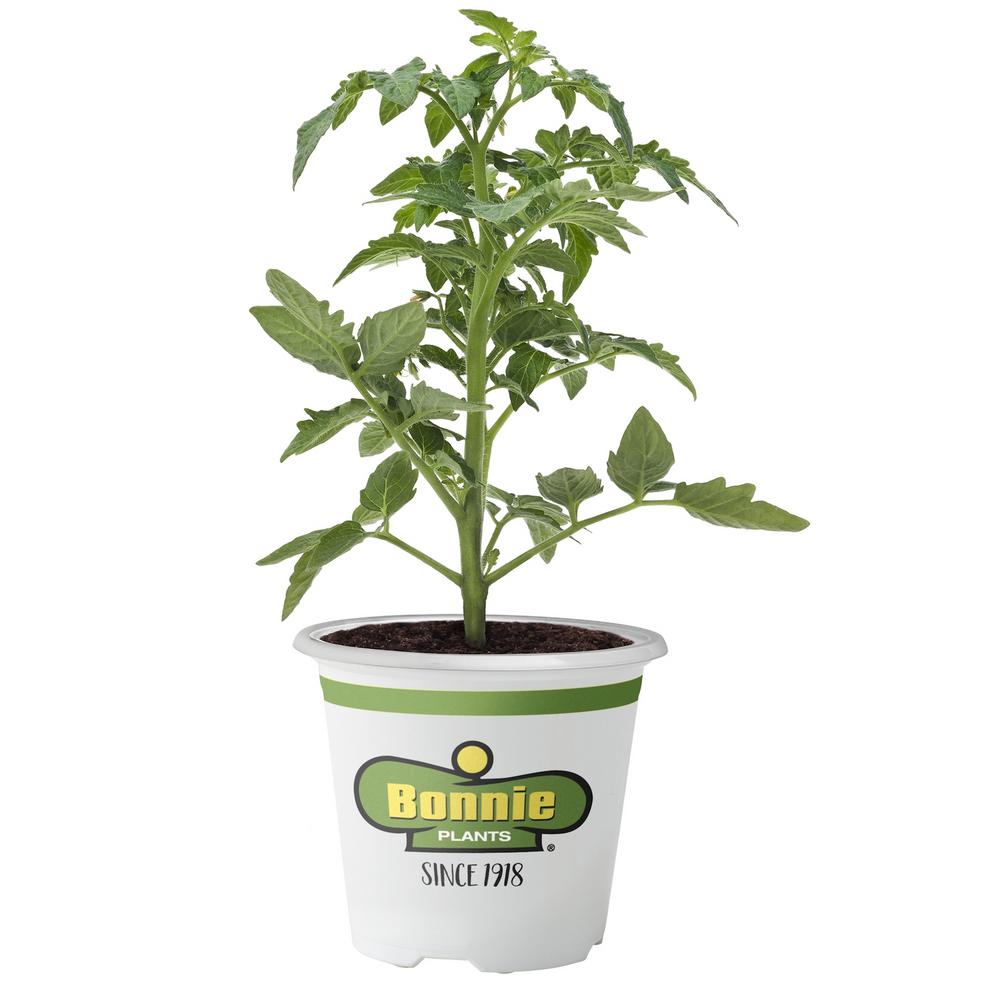
There are two types of tomato varieties: indeterminate and determinate. Indeterminate tomatoes can grow between six and 12 feet tall; you'll need a trellis or stakes to train your young plants. They tend to produce throughout the growing season. Determinate tomatoes are bushier plants. They tend to be lower maintenance; instead of staking the plants, all you need is a tomato cage. They do have a shorter growing season, which may be good if you live in a place with shorter summers.
How to Grow Tomatoes
It's easiest to buy tomato seedlings from your local nursery or garden center rather than starting from scratch with tomato seeds. You want to buy seedlings that look healthy with bright green leaves and sturdy stems. Tomatoes grow best with some room, so the number of plants you buy will depend on how much space you have. Start seedlings out indoors in a room temperature area, and once the germination starts (you'll see little stems coming through the soil), move them to a sunny spot or under grow lights.
If you don't want to go through the transplanting process, most stores will also have some determinate tomatoes, like cherry tomatoes, already planted in a larger container. With those tomatoes, all you have to do is place the container in the sun, water it and wait patiently.
Check your USDA hardiness zone for the best general time to start tomatoes- it'll usually be in late spring or early summer. Make sure not to plant them until after the last frost date. The soil needs to be at least 60 degrees in the daytime and 50 degrees overnight before you plant tomatoes.
Prepare your growing location by checking the sun and getting the garden soil ready. You want the plants to get at least six hours of direct sunlight every day (what's considered full sun). The best tomatoes tend to come from plants that get eight hours of sun. If it's particularly hot in the direct sun, you may want a row cover to provide shade during part of the day so that the plants don't dry out.
Your garden or containers should be deep enough to allow the plants to grow a strong root system. Tomatoes aren't too picky about their soil, but they'll grow best in sandy loam in a location that drains well. When planting tomatoes, use a potting mix with some nutrient-rich organic matter like compost added in. If you're working on a existing garden bed, mix fertilizer with the soil (don't use fertilizers high in nitrogen, though).
Space the plants at least two feet apart and make sure the soil covers all the way up to the lower leaves. If you're using a container, make sure it has drainage holes.
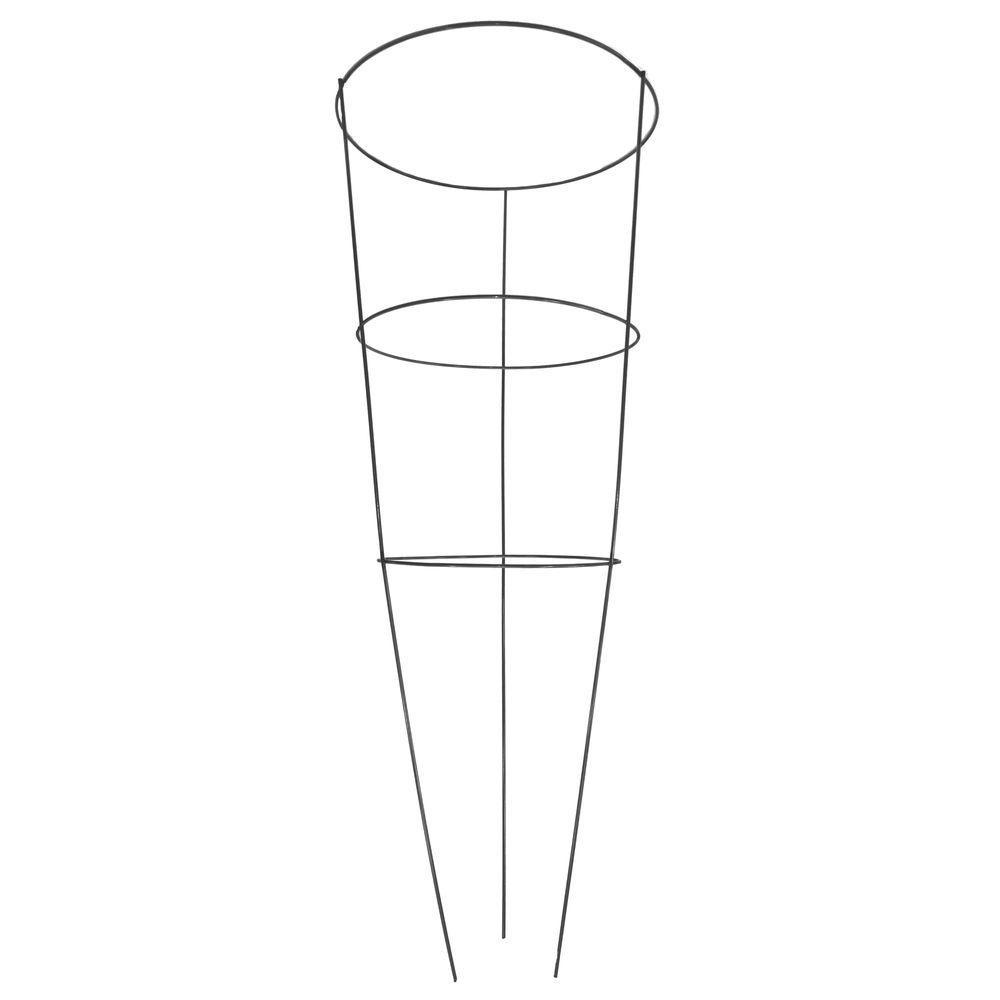
If you are staking the plants, carefully secure the main stem to the stake. You're plant will be more manageable and you'll get bigger fruit if you remove the suckers, which are the side shoots that grow between the main stem and a branch, by pinching or pruning them when you first plant. You don't need to prune the plants growing in a tomato cage, since the cage keeps the plant contained.
Water the plants consistently and deeply. You don't have to water every day, and it's better to water the plants less often but more deeply than to give them a little bit of water each day. The root systems grow deep, so more water less often will help keep the soil moist around the roots.
When you plant tomatoes, there are a few things to worry about: blossom end rot, fungal diseases, tomato hornworms, aphids, Septoria leaf spot, whiteflies and late blight. The best way to keep pests from taking over your plants is to plant garlic and basil with your tomatoes. You can also buy fungicides if your plants have serious tomato blight or leaf spot. Make sure you keep your garden beds weeded well, too, to keep your tomato growing happily and freely.
How to Harvest Tomatoes
Tomato plants will flower, followed by the fruit. When the fruit is the correct color (red, orange or yellow mostly, but there are darker-colored tomatoes as well), test it to see if it's just a little soft to the touch.
Ripe tomatoes are easy to harvest. Pull and twist gently. If the tomato doesn't easily detach from the stem; it's not ready for harvest. You can also harvest just as the fruit starts to mature and allow them to ripen inside, but you have to wait until the first bit of color shows on the skin. If you like green tomatoes, wait until that first bit of color shows and the fruit is soft to the touch. If you harvest while the fruit is still green, you'll need to gently break the stem instead of pulling the fruit off.
Watch: Why The Tomato Mayo Sandwich is a Southern Staple
This post was originally published on June 17, 2020.
